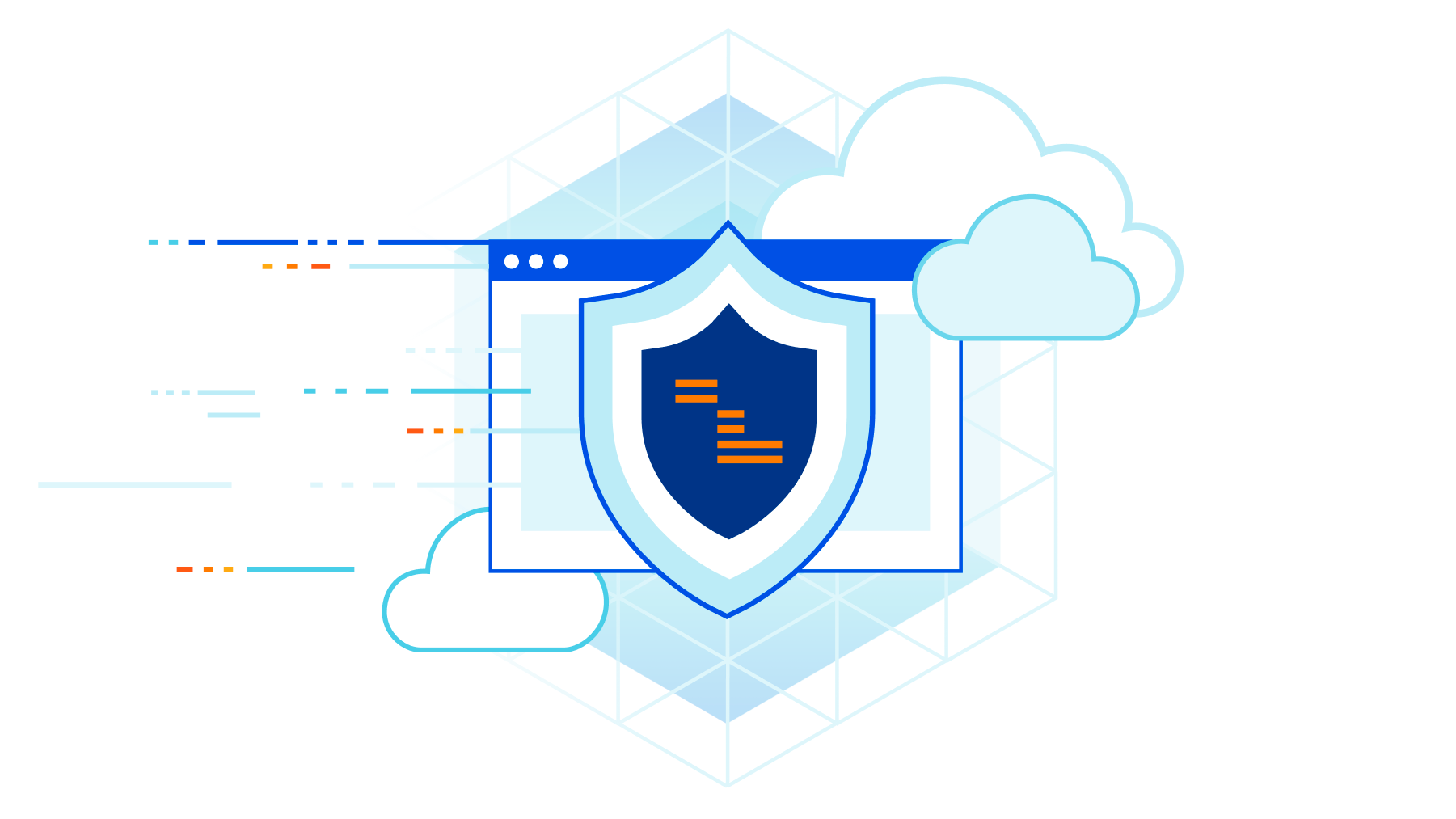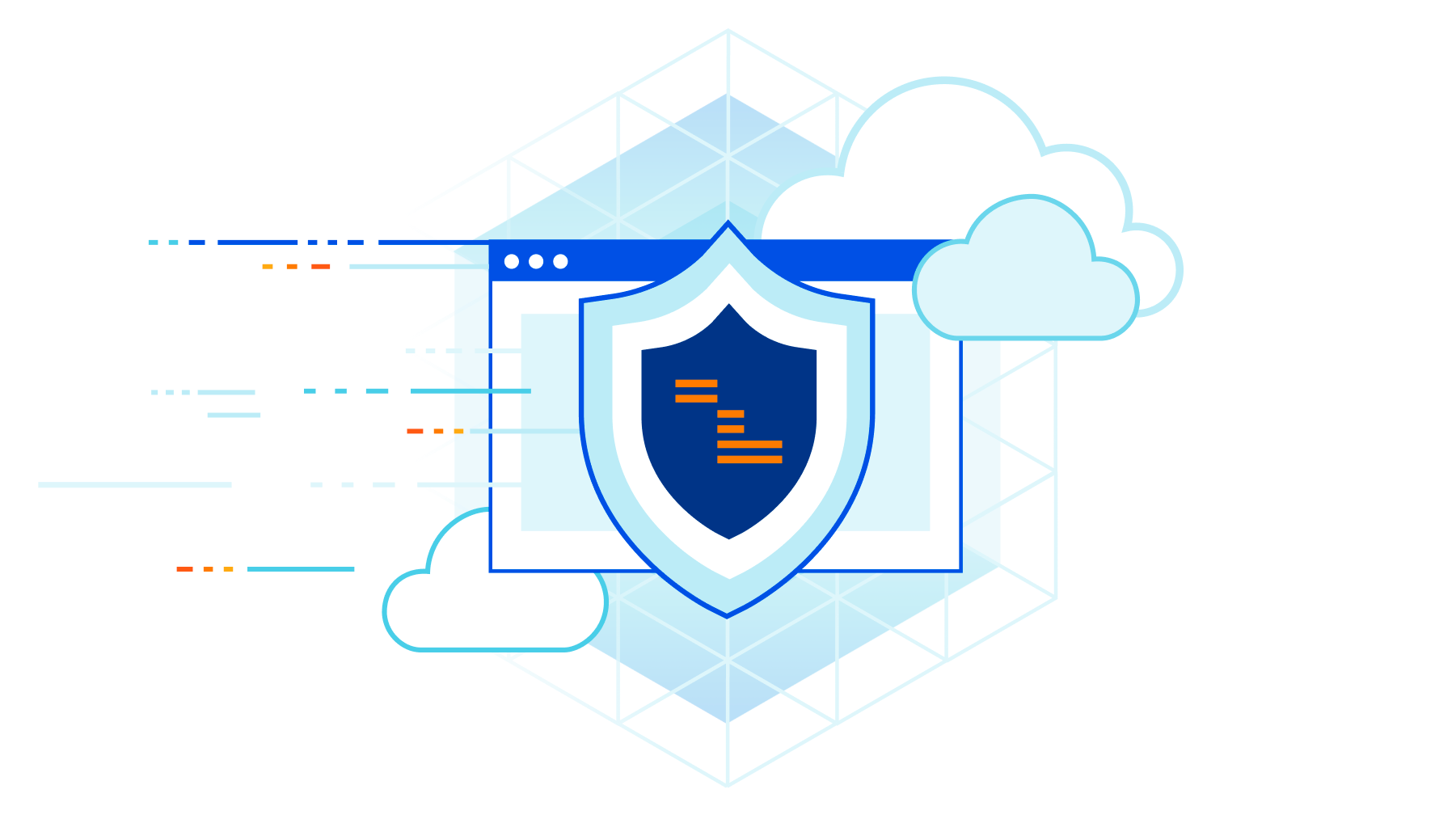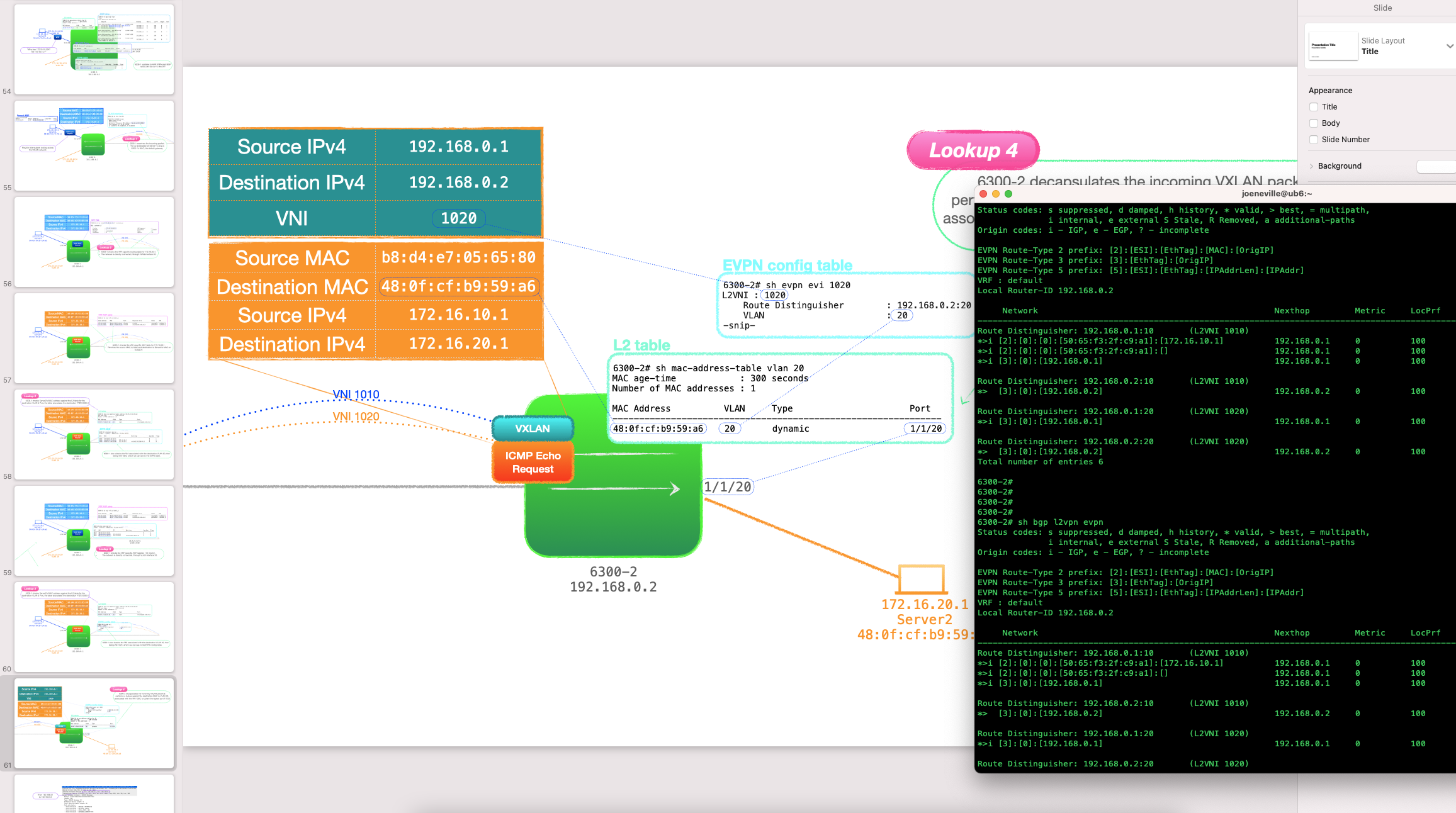0
Cisco puts app-performance tools in the cloud
Cisco is taking aim at better controlling the performance and development of core applications with a new AppDynamics cloud service and open-source development tools.AppDynamics Cloud is a cloud-native service designed to let enterprises observe applications and take action to remediate performance problems. [ Get regularly scheduled insights by signing up for Network World newsletters. ] Available by the end of June, the service is built to observe distributed and dynamic cloud-native applications at scale, wrote chief marketing officer of Cisco AppDynamics, Eric Schou in a blog about the new offering.To read this article in full, please click here



